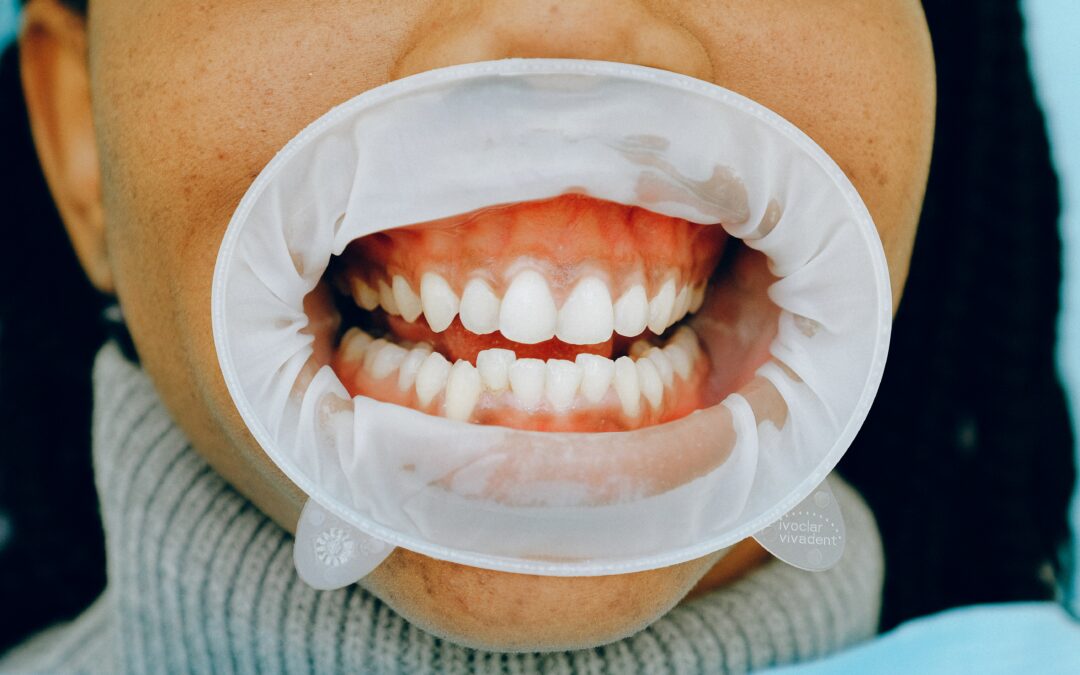Although many people focus on fighting cavities and making sure that their teeth are pearly white, the health of gums is often overlooked. According to the American Academy of Periodontology and the Centers for Disease Control and Prevention, nearly half of adults in America over the age of 30 experience some form of gum disease; this can range from mild cases of gingivitis to more severe cases of periodontitis. Thankfully, there is a procedure that can be done to help with gum disease and prevent any long-term damage. Read below to learn more about the gum graft procedure and what to expect.
Gum Graft Surgery
Gum graft surgery is a dental procedure that treats thinning gums or gum recession. A gum graft can be performed by a trusted periodontist (a gum specialist). It works by covering exposed teeth roots and adding volume to your gum line, helping to prevent tooth decay and improve your overall oral health. A gum graft involves removing a small piece of tissue from another area of the mouth, such as the roof of your mouth, and surgically placing it over the exposed or recessed areas.
There are 3 types of gum grafts:
- Connective-tissue graft: This is the most common type of gum graft. In this procedure, donor connective tissue from just under the surface of the roof of your mouth is used.
- Free gingival graft: This gum graft procedure uses tissue directly from the roof of your mouth. It is typically used for patients with thin gums that require more support.
- Pedicle graft: This third type of gum graft uses tissue from the area surrounding a neighboring tooth. A pedicle graft will only be used if there is enough healthy gum tissue available in the area.
Gum graft surgery offers several oral health benefits, including:
– Protects overall oral health
– Prevents tooth and bone loss
– Prevents further tooth decay and gum recession
– Helps ease any tooth sensitivity
– Makes eating and chewing more comfortable
While you may be able to notice receding gums, the best way to know for sure whether you require a gum graft is to let a dental professional examine your mouth. If needed, your dentist will be able to refer you to a local periodontist.
Is the Gum Graft Surgery Painful?
During a gum graft procedure, you shouldn’t feel any pain. A periodontist will apply a local anesthetic to numb the affected areas of your mouth. In some cases, you may be eligible to receive a sedative to help you remain calm throughout the surgery.
Although you won’t experience pain during the actual surgery, you may experience some discomfort and soreness after the numbing effects have worn off. The amount of pain that you may experience can depend on several factors including the type of gum graft used, the type of medication used for post-surgical pain, and individual pain tolerance.
Tips to Have a Successful and Speedy Recovery
After having gum graft surgery, you will be able to go home. However, if you received a sedative for the procedure, you would need a family member or friend to drive you home. Generally, the healing process takes anywhere from 4 to 8 weeks.
In order to ensure that your recovery is successful and speedy, try following these helpful tips:
– Avoid rinsing and brushing your mouth the day of your gum graft surgery.
– Once 24 hours have passed, swish with mouth rinse to help get rid of any bad bacteria in the mouth.
– Make sure to keep your tongue away from the surgery area.
– Avoid any hot foods or drinks for the first few days after surgery; try eating soft foods and cold drinks for the first week.
– Take any prescribed medications as instructed by your periodontist.
Contact our office today at (501) 381-0471 for all of your dental needs.


Recent Comments